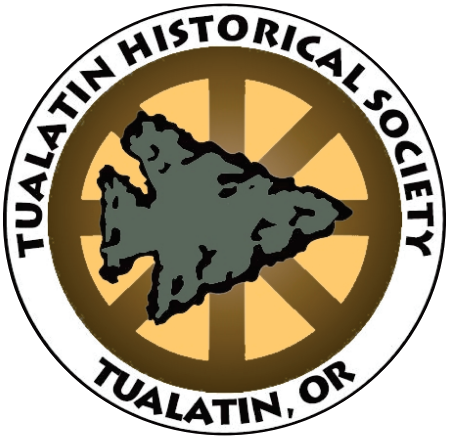Walking Through Time: Tualatin’s Meridian Monument
Tony Straub (above) and his friend Tanya Miller (photo taker) visit the Meridian Marker
In 1850, two years after Oregon had attained territorial status Congress passed the Donation Land Act to resolve the problems caused by escalating immigration, preemption settlement, and land claims. The act set into motion the direct involvement in the Oregon Territory by the United States General Land Office (GLO), which was charged with the administration, survey, and disposition of public domain lands. Land surveys, also known as cadastral surveys, were necessary before the public domain could be conveyed out of federal ownership.
The initial point of the survey was set so the Willamette Meridian would run north to Puget Sound and south to California, passing between Vancouver Lake and the Columbia River to keep the meridian out of those two waterways as much as possible. The Willamette Base Line, running east to the Snake River and west to the Pacific Ocean, was to be positioned south of the Columbia River and north of Mount Hood and across the Tualatin Plains. The surveyors selected a high point on a ridge along the Tualatin Mountains (known today as Portland’s West Hills) for the intersection of the meridian (north to south) and base line (west to east).
In Tualatin, 65th Avenue follows the meridian line with Washington County to the west and Clackamas County to the east. The City of Tualatin erected the monument after members of the Tualatin Historical Society requested that 65th Avenue be dual signed to include its original name Meridian Road. Because 65th boarders two counties what seemed a simple nod to our local history became bureaucratically infeasible. The marker was dedicated June 20, 2008.


